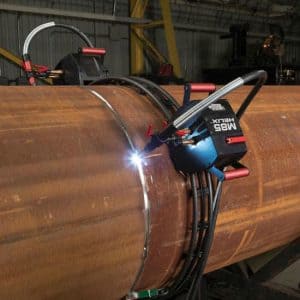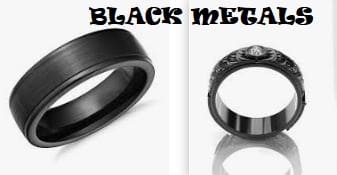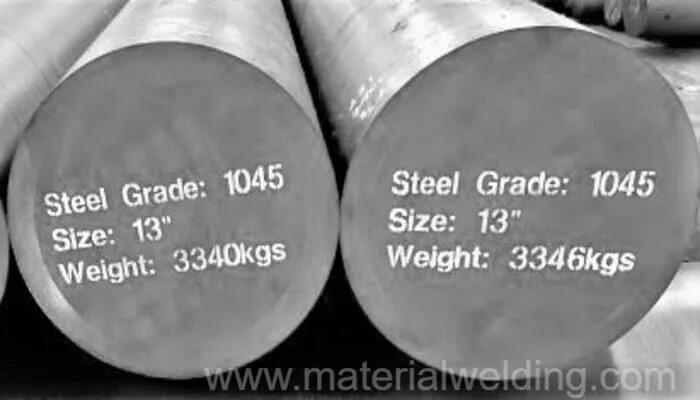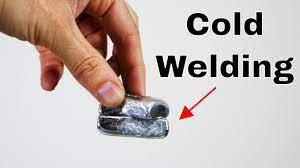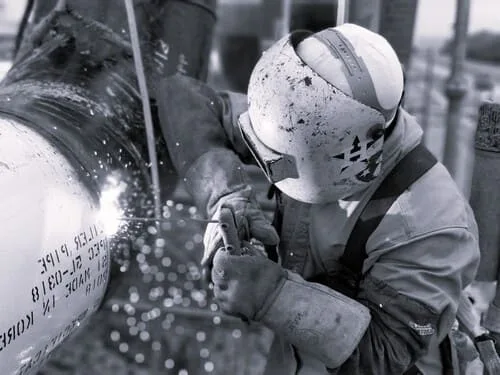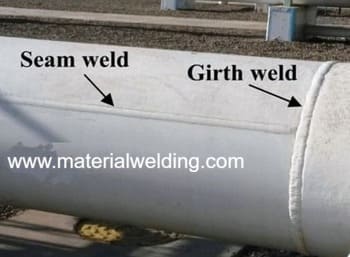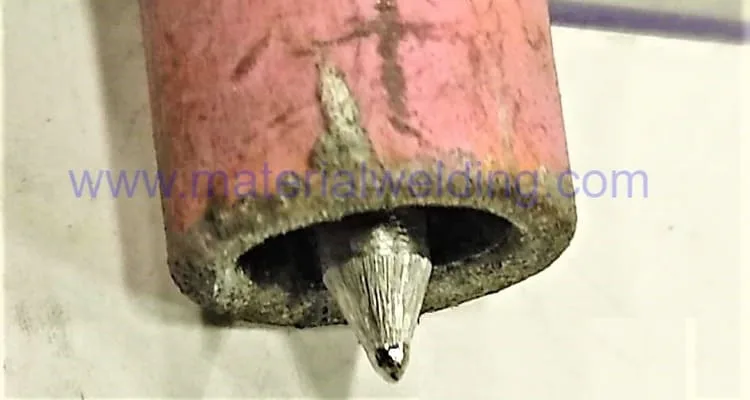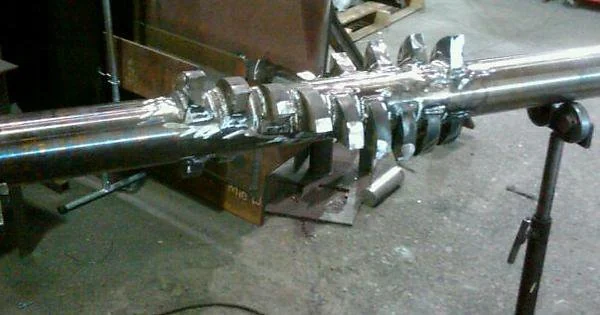Forge Welding
Forge welding is a traditional technique that has been used for centuries to join two pieces of metal together.
This process involves heating the metal to a high temperature and then hammering it together to create a bond that is as strong as the original metal.
Although it is an ancient technique, forge welding is still used today in various industries, including blacksmithing, construction, and manufacturing.
In this article, we will explore the history, process, and applications of forge welding, as well as some tips for achieving a successful weld.
Whether you are a seasoned blacksmith or a beginner metalworker, understanding the principles of forge welding can help you create strong, durable metalwork that will stand the test of time.
What is Forge Welding: Science behind it?
Forge welding is a process of joining two or more pieces of metal together by heating them in a forge to a high temperature and then hammering them together to create a strong bond.
This ancient technique has been used for centuries in various industries, including blacksmithing, construction, and manufacturing.
The science behind forge welding is based on the principle of diffusion bonding. When metal is heated to a high temperature, the atoms in the metal become more active and start to move around.
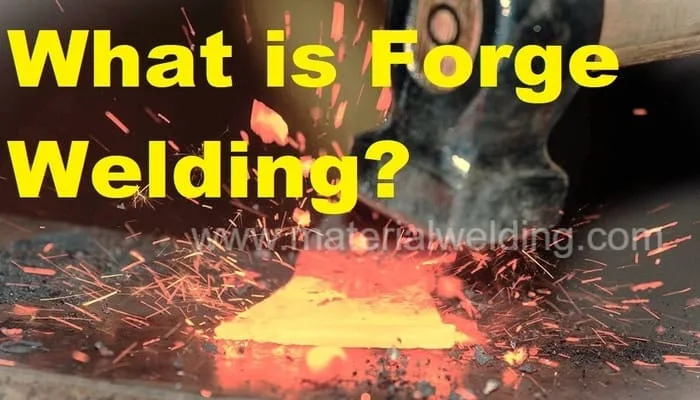
As a result, the surface of the metal becomes more reactive, and the metal is more likely to bond with other metal surfaces.
When the heated metal surfaces are hammered together, the atoms from each surface begin to diffuse into each other, forming a bond that is as strong as the original metal.
The process of hammering the metal also helps to remove any impurities, such as oxides, that may be present on the surface of the metal, further enhancing the strength of the bond.
The success of a forge weld depends on several factors, including the temperature of the forge, the type of metal being welded, and the skill of the blacksmith.
Achieving the correct temperature is critical to the success of the weld. If the temperature is too low, the metal will not bond properly, and if it is too high, the metal may become brittle and crack.
History of Forge Welding
Forge welding is an ancient technique that has been used for thousands of years to join pieces of metal together. The exact origins of forge welding are not known, but it is believed to have been first used in the Bronze Age, around 3000 BC.
In ancient times, forge welding was used primarily for making weapons and tools, such as swords, knives, and axes.
The process involved heating the metal in a fire until it was red-hot, and then hammering it together to create a strong, seamless bond. Blacksmiths and metalworkers would use this technique to create intricate designs and patterns on their metalwork.
As the technology of metalworking advanced, forge welding became more refined and precise. In the Middle Ages, blacksmiths began using a technique called “doubling,” where they would fold a piece of metal over itself and then weld the layers together to create a stronger, more flexible piece of metal.
During the Industrial Revolution, forge welding became an essential technique in the manufacturing of machinery and tools. The development of new equipment, such as gas-fired forges and power hammers, allowed blacksmiths and metalworkers to produce high-quality welds on a large scale.
Forge Welding Techniques
There are several different techniques that can be used in forge welding, depending on the type of metal being welded and the desired outcome. Here are some common forge welding techniques:
- Scarf welding: In this technique, the two pieces of metal are prepared with a beveled edge that forms a V shape. The edges are heated in the forge and then hammered together, creating a strong bond.
- Upset welding: In this technique, the two pieces of metal are heated and then hammered together perpendicular to each other. This technique is often used in making tongs or other tools.
- Lap welding: In this technique, the two pieces of metal are overlapped and then hammered together. This is a useful technique for joining thin pieces of metal, such as sheet metal.
- Plug welding: In this technique, a hole is drilled or punched in one piece of metal, and the other piece of metal is heated and inserted into the hole. The two pieces are then hammered together to create a strong bond.
Forge welding temperature
Forge welding temperature is a critical factor in achieving a successful weld. The temperature needed for forge welding varies depending on the type of metal being welded, but it generally ranges from 1800°F to 2300°F (982°C to 1260°C).
For example, low-carbon steels can be forge welded at temperatures around 2000°F (1093°C), while high-carbon steels require higher temperatures of around 2200°F (1204°C) to achieve a proper bond. Non-ferrous metals, such as copper and brass, require even higher temperatures, around 2300°F (1260°C).
Achieving the correct temperature is critical for a successful forge weld. If the temperature is too low, the metal may not bond properly, resulting in a weak weld. If the temperature is too high, the metal may become brittle and crack, also resulting in a weak weld.
To ensure the correct temperature, a blacksmith or metalworker will use a forge to heat the metal to the desired temperature. The forge can be fueled by coal, gas, or other materials, and may be powered by hand, electricity, or other means.
Once the metal has been heated to the proper temperature, it is removed from the forge and quickly hammered or pressed together to create the weld. The metal must be worked while it is still hot to ensure a strong bond.
Why do we need Flux in Forge Welding?
Flux is a material that is used in forge welding to help clean the metal and prevent oxidation during the welding process.
When metal is heated to high temperatures in a forge, it can become contaminated with impurities such as rust, dirt, and scale. These impurities can weaken the bond between the pieces of metal being welded, leading to a weak or failed weld.
Related reading: Flux for forge welding
Flux is a material that helps to remove these impurities and prevent oxidation by creating a protective barrier around the metal. When the flux is heated, it reacts with the impurities and helps to lift them away from the metal. The flux also creates a protective barrier that prevents oxygen from coming into contact with the metal and causing oxidation.
There are several types of flux that can be used in forge welding, including borax, sand, and charcoal. Borax is the most commonly used flux because it is readily available and effective at removing impurities. Sand and charcoal can also be used as flux, but they are less effective than borax.
Flux is applied to the metal before heating and is typically sprinkled onto the metal or applied with a brush. Once the metal has been heated to the proper temperature, the flux will melt and form a protective layer over the metal.
What materials can be Forge Welded?
Forge welding is a versatile welding process that can be used to join a wide range of metals, including ferrous and non-ferrous materials. Some of the most commonly forge-welded materials include:
- Steel: Steel is one of the most commonly forge-welded materials. It can be welded in a wide range of forms, from low-carbon to high-carbon steel, and is often used in making tools, blades, and structural components.
- Iron: Iron is another common material that is often forge welded. It is used in making decorative ironwork, such as gates and railings, as well as tools and hardware.
- Copper and brass: Non-ferrous metals such as copper and brass can also be forge welded. They require higher temperatures than ferrous metals, but can be welded successfully with the use of flux.
- Bronze: Bronze is a copper alloy that is often used in making sculptures, decorative objects, and other artistic works. It can be forge welded, but requires careful control of temperature and welding technique.
- Titanium: Titanium is a lightweight, high-strength metal that is often used in aerospace and medical applications. It can be forge welded, but requires specialized equipment and techniques.
Forge welding advantages and disadvantages
Forge welding is a traditional method of joining metals that has been used for centuries by blacksmiths and metalworkers. Like any welding process, it has its advantages and disadvantages.
Advantages of forge welding:
- Strong welds: Forge welding produces strong, durable welds that are often stronger than the base metal.
- Versatility: Forge welding can be used to join a wide range of metals, including ferrous and non-ferrous materials.
- Aesthetically pleasing: Forge welding can produce visually appealing welds with distinctive patterns and textures that are often sought after in artistic or decorative applications.
- No additional materials required: Unlike other welding processes, forge welding does not require the use of flux or other materials to prevent oxidation during the welding process.
Disadvantages of forge welding:
- Time-consuming: Forge welding can be a time-consuming process, as it requires heating the metal to a high temperature and then hammering or pressing it together to create the weld.
- Skill and expertise required: Forge welding requires a high level of skill and expertise to achieve the proper temperature, pressure, and timing needed for a successful weld.
- Limited to small-scale production: Forge welding is typically used for small-scale production or one-of-a-kind pieces due to the time and skill required for the process.
- Limited to certain shapes: Forge welding may be difficult to use on complex or irregularly shaped parts, and may not be suitable for all types of joints or applications.
What advantage does resistance welding have over forge welding?
Resistance welding has several advantages over forge welding, including:
- Speed: Resistance welding is a faster process than forge welding, as it can be automated and completed in a matter of seconds.
- Consistency: Resistance welding is a highly consistent process, as the welding parameters can be precisely controlled to ensure a consistent weld quality.
- Cleanliness: Resistance welding is a clean process that does not require the use of flux or other materials to prevent oxidation.
- Safety: Resistance welding is a safer process than forge welding, as it does not require the use of high temperatures or flames.
- Cost: Resistance welding can be less expensive than forge welding, especially for high-volume production runs, as it requires less labor and can be automated.
Related articles:
- https://en.wikipedia.org/wiki/Forge_welding
- https://www.britannica.com/technology/welding/Forge-welding
